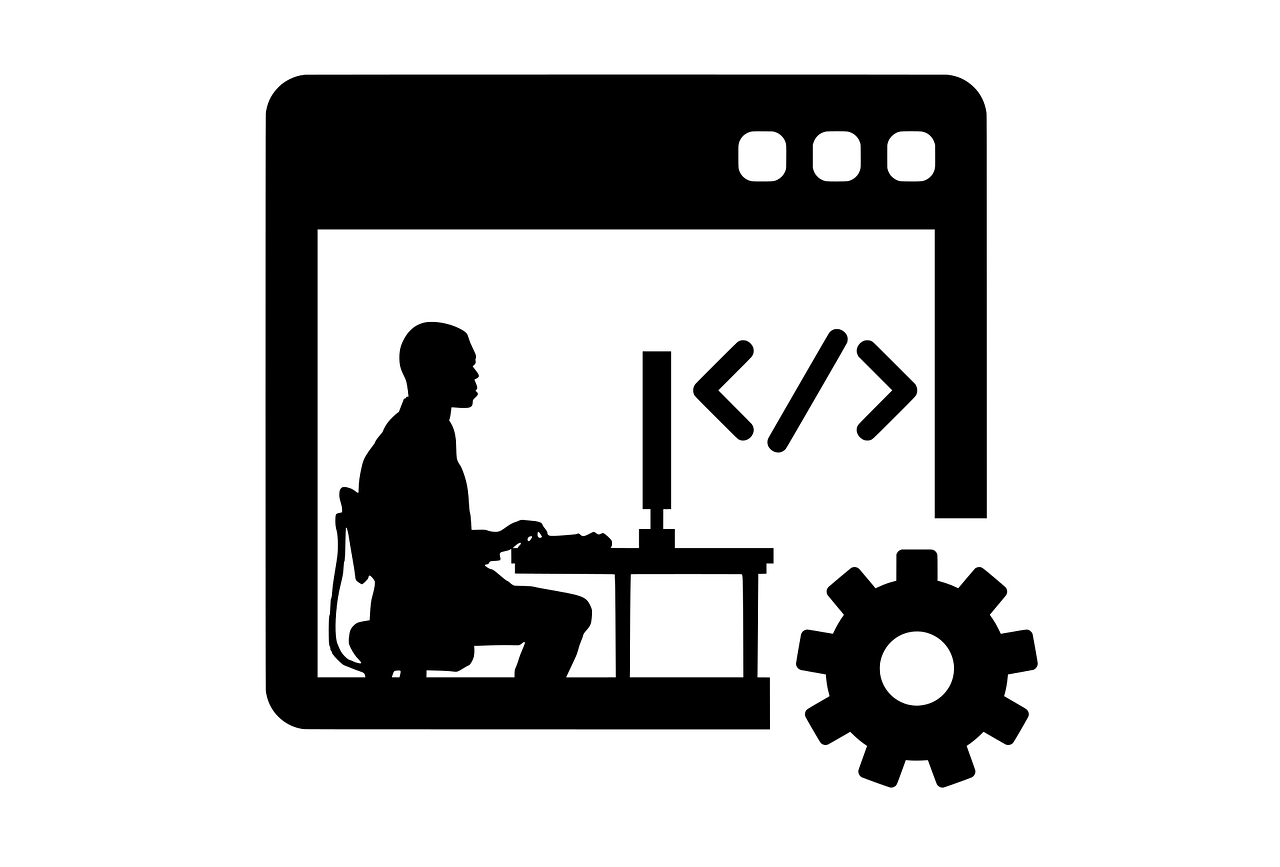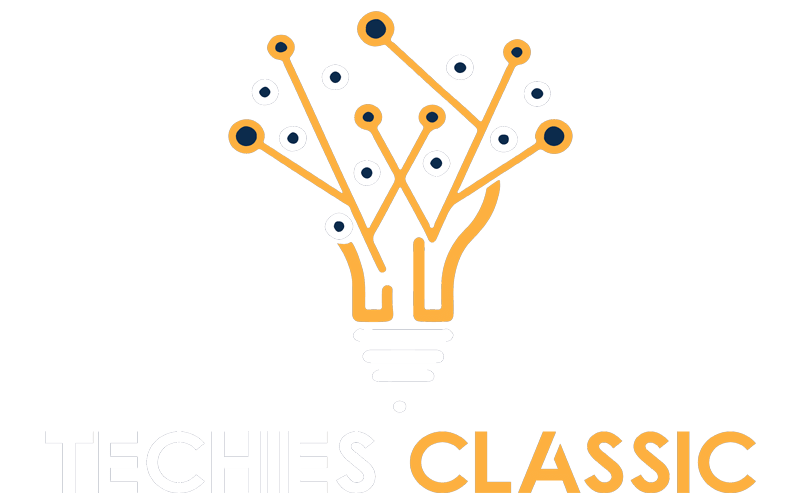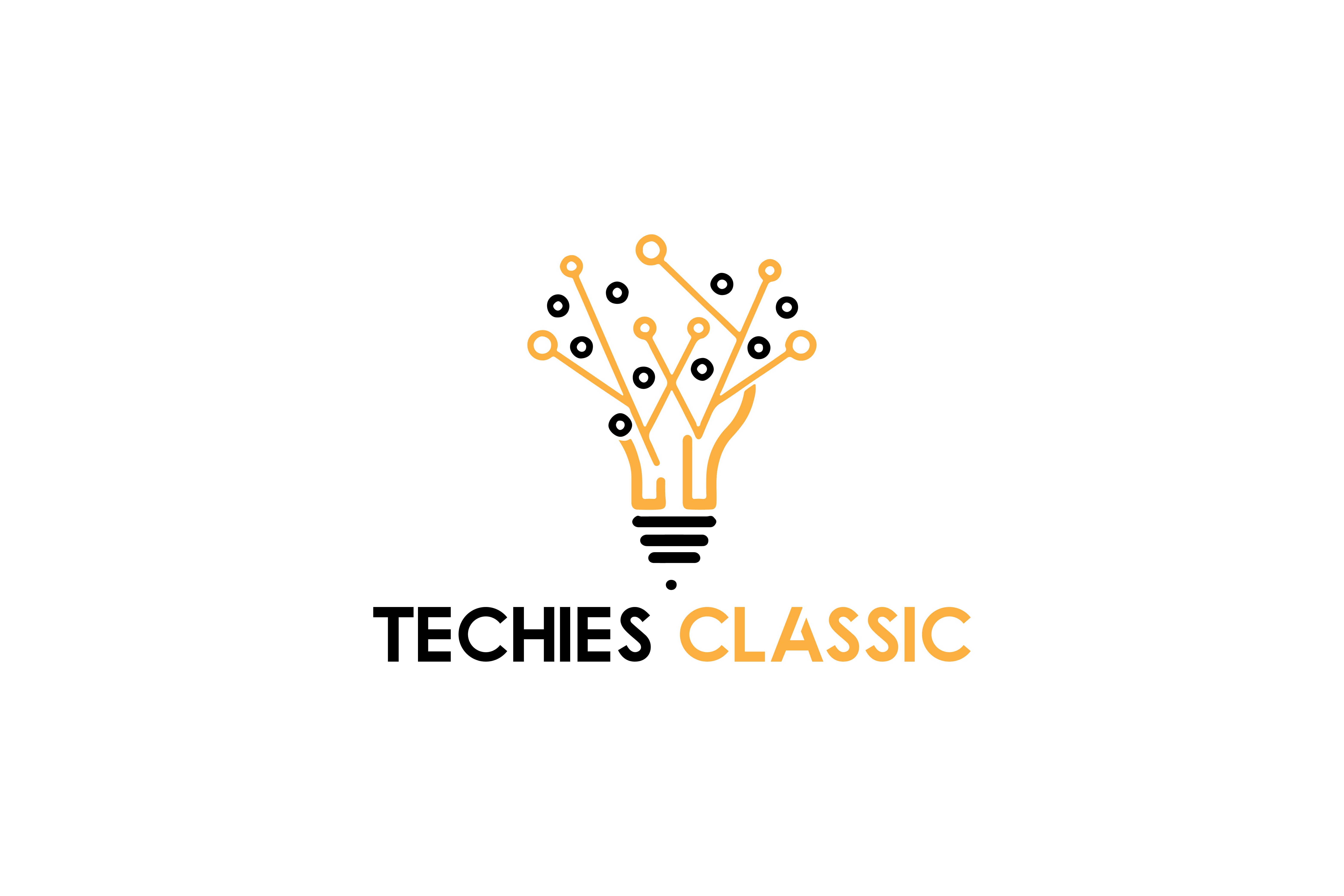Which software metrics are available for measuring innovation and prod

Contents [Show]
In the software development arena, test automation has become an essential boon for guaranteeing product quality and innovation. In fact, measuring differentiation and innovation is also critical for producing products that stand out in a competitive software market.
As we delve into the world of engineering and software development, let us explore crucial software metrics that illuminate the path to product superiority and excellence. These essential metrics give a holistic insight into a product’s journey from conception to release.
Why are metrics in software engineering important?
Product managers and Software Developers always worry about their end project’s quality. Metrics play a pivotal role in software engineering for multiple reasons, contributing to the improvement of processes and the entire success of software development projects. Let’s explore some of the key reasons why metrics are significant:
- Performance Assessment: Metrics and measurements provide a quantitative means to assess the progress of a particular software project. They help evaluate whether the project is within budget, on schedule, and meeting predefined goals.
- Quality Assurance: Metrics contribute to tracking and managing all forms of glitches, enabling QA teams to determine root causes and patterns, as well as areas for advancements in the software development procedure. Measurements linked to maintainability, code complexity, and readability contribute to entire code quality.
- Risk Management: Metrics aid in detecting potential threats early in the software development process, enabling QA’s to fix flaws and mitigate threats proactively.
- Resource Management: Metrics contribute to effectively allocating resources by giving crucial insights into resource utilization, workloads, and productivity.
- Communication & Collaboration: Metrics also give an objective basis for communication with stakeholders and within the software development team, fostering clear and data-driven discussions. Standardized metrics allow collaboration between distinct teams and departments, forming a common language for discussions.
- Process Enhancement: Metrics are essential for a data-driven approach to continuous improvement and upgrading. Teams can scrutinize historical information to detect areas for improvement in methodologies, tools, and processes.
- Predictive Analysis: Metrics assist in highly accurate project assessments by leveraging historical data to estimate future development timelines and efforts.
- Customer Satisfaction: Metrics aim to ensure that the delivered software aligns with customer necessities and expectations, eventually improving customer satisfaction.
- Benchmarking: Metrics enable companies to benchmark their performance against industry best practices or standards, facilitating a great know-how of their competitive position.
- Productivity and Effectiveness: Metrics contribute to detecting inefficiencies and bottlenecks in the software development process, resulting in enhancements that improve entire productivity. Measurement of team and individual productivity helps in optimizing resource utilization.
- Decision-Making Support: Metrics give data-driven insights that support well-informed decisions by team leads, project managers, and other stakeholders.
- Regulatory Standards and Compliance: Metrics aim to ensure that the software development processes align with regulatory compliance necessities.
- Feedback Loop: Metrics support the software development’s iterative nature by giving feedback that informs improvements and adjustments throughout the development lifecycle.
Agile Metrics vs. Traditional Software Metrics
Traditional software and agile metrics serve distinct purposes and reflect the varied approaches of software development methodologies. In old-form traditional waterfall software projects, it was expected that software could be stated in quantified and advanced by estimates. It was also presumed that the specification of any software would meet customer requirements (which sometimes wasn’t the case). This results in an emphasis on in-process measurements such as active days or man-months, LOC (Lines of Code), and even no. of documentation pages. Conversely, in agile development projects, the importance is on result metrics such as production defects, story points completed, or customer satisfaction.
Let’s take a glance at a comparison between traditional metrics and agile software metrics:
- Customer Satisfaction
- Agile: User satisfaction is a main focus, and metrics like customer feedback are often used.
- Traditional: User satisfaction is considered, but the emphasis may be more on meeting predefined needs.
- Velocity
- Agile: Measures the rate at which a QA team delivers customer stories or traits during a sprint, giving insights into QA group performance.
- Traditional: Sometimes lacks an equivalent thought; concentration is more on project timelines.
- Burndown Charts
- Agile: Thinks about the work progress finished against time, assisting QA teams in tracking sprint progress and managing workloads.
- Traditional: Progress might be tracked via Gantt charts, yet the emphasis is on task dependencies and timelines.
- Cycle Time & Lead Time
- Agile: Concentrates on the time it takes from the request to deployment (Lead Time) and from the start to the completion of a user story (Cycle Time).
- Traditional: Might utilize project timelines but may not precisely measure lead & cycle times for independent features or stories.
- Release & Iteration Planning
- Agile: Metrics aid in iterative planning by estimating the team's capacity to function within a sprint or release.
- Traditional: Planning may be waterfall-centric, focusing on descriptive planning before implementation.
- Defect Density
- Agile: Focus on early finding and rapid resolution of flaws; defect density is maintained constantly.
- Traditional: It might have an independent testing stage, and defect density is sometimes measured during tests.
- Project Timelines
- Agile: Highlights flexible timelines concentrating on continuous delivery; sprint-centric timelines are common.
- Traditional: Sometimes follows a fixed project timeline with progressive stages such as design, development, and tests.
- Requirements Constancy
- Agile: Acknowledges & embraces changing needs; concentrates on delivering importance to the user.
- Traditional: Emphasizes stable needs at the start to avoid modifications during software development.
- Resource Utilization
- Agile: Prioritizes cross-functional teamwork and self-assessing QA teams.
- Traditional: Might have a more hierarchical structure and concentrate on specific roles & responsibilities.
Why is the quality of software engineering significant?
Quality is one of the most significant aspects that appeal to customers. It applies not just to the product itself but also to your chatbot, website, application, delivery, and support solutions. If you wish to have the user’s full attention, you must be an expert in everything you do. That is why quality is one of the crucial aspects of a product.
Loads of team members, such as designers, testers, and engineers, control the product’s quality. Throughout the software development process, superior quality should be the ultimate aim or objective. Code quality metrics are among the most effective tools to check if your application is ready for launch. If it is not slow, has no bugs, and doesn’t glitch, it is time to release.
Key Software Metrics to Measure Innovation and Differentiation
Key software metrics play a pivotal role in quantifying innovation and differentiation. These metrics offer insights into the impact of technological advancements, enabling organizations to stay competitive and strategically aligned. A few of the most important metrics are listed below.
- The Uniqueness of the Product
One method to measure innovation is to assess how innovative and original your product is compared to current solutions in the software market. Product uniqueness and novelty can be measured by utilizing indicators like the degree of originality, the no. of exceptional features, the frequency of updates, and consumer feedback. The superiority in product novelty means that your software product provides something unique and valuable to your niche audience, while a low novelty denotes that your product is inferior to other preferences.
- Evaluate Product Performance
Another great means to compute innovation is to evaluate how well your product performs regarding usability, reliability, quality, and security. Software quality can be estimated by using metrics like test coverage, the number of defects, security audits, and user satisfaction. A higher product quality means that your product delivers a seamless and satisfying experience to your customers, while a lower quality means that your product quality has issues that affect its reputation and functionality.
- Scrutinize Product Differentiation
One of the most popular ways to measure innovation is to scrutinize how different your product is from your competitors concerning advantages, features, superiority, and positioning. Product differentiation can be estimated using key metrics like brand awareness, customer loyalty, market share, and competitive benefit. Better product differentiation means that your product has a distinctive value proposition that appeals to and retains customers, while a lower differentiation means that your product is simply replaceable or substitutable by others.
- Product Influence
Another mode to measure innovation is to evaluate how much your product contributes to solving an issue, creating a change, or producing an importance for your users and shareholders. Product influence can be measured by using metrics like customer lifetime value, revenue growth, customer retention, and environmental or social profits. A better product impact means that your product has a long-lasting effect on your customers, while a small impact means that your product has a negligible effect.
- Attempt Product Analytics
To utilize these software metrics effectively, you need to gather, examine, and visualize data from multiple sources, like your market research reports, your customer feedback channels, your product development tools, and your business performance indicators. Product analytics like Lambdates. LambdaTest is an AI-powered test orchestration and execution platform that lets you run manual and automated tests at scale with over 3000+ real devices, browsers, and OS combinations it also offers analytics that can help you track, contrast, and enhance your product differentiation and innovation over time, as well as detect challenges for your product strategy. Product analytics can additionally assist you in communicating and validating your product value to your stakeholders, like your customers and investors.
In a nutshell, metrics in software engineering are crucial tools for managing, estimating, and enhancing several facets of the software development process. They contribute to the overall quality, effectiveness, and success of software projects, fostering principles of continuous enhancement within QA and development teams.
Introduce LambdaTest as a robust cross browser testing platform that flawlessly integrates with innovative test automation practices. Utilize LambdaTest's ability to improve cross-browser compatibility, customization, and user-centric testing. LambdaTest sets itself apart by providing a scalable, AI-centric testing solution that aligns with the key software metrics.
Conclusion
Innovation and differentiation are crucial for the success of software products. By measuring and optimizing main software metrics in automated testing, companies not only improve product quality but also gain a competitive advantage. As you embark on this journey, consider cloud-centric platforms like LambdaTest as your trusted partner, giving advanced solutions to elevate your test automation efforts and confirm the delivery of top-quality products.
Let’s explore LambdaTest now to revolutionize your test automation strategy and learn a new realm of possibilities for product differentiation and innovation.


0 Comments